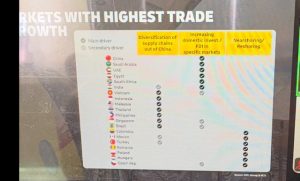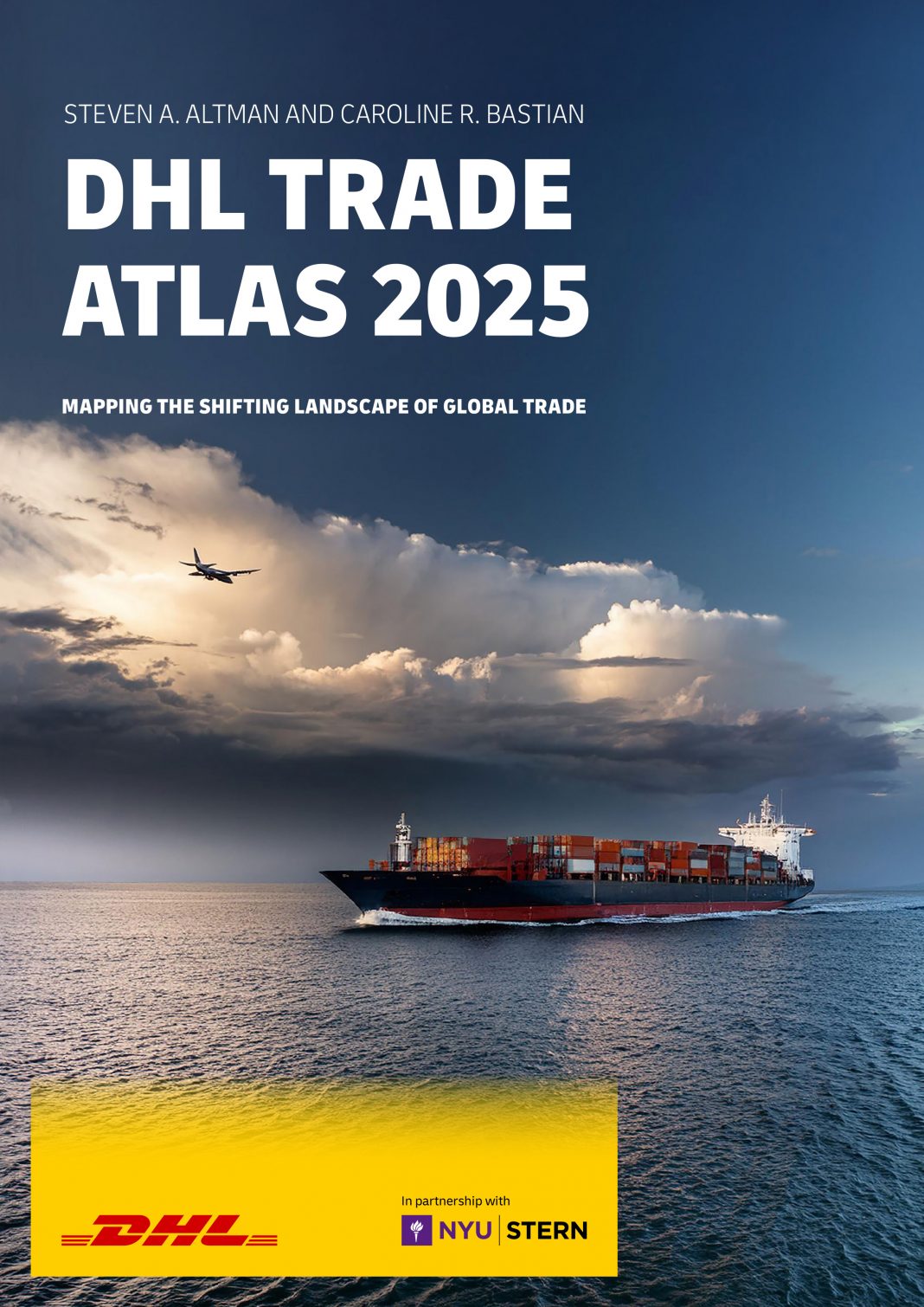The Philippines is among the top four countries expected to drive global trade growth over the next five years, regardless of the country’s political situation, according to the latest DHL Trade Atlas.
Now on its second edition, the DHL Trade Atlas 2025, published by DHL and New York University (NYU), identified the the Philippines among the key drivers of trade growth.
Between 2024 and 2029, the DHL Trade Atlas forecasts that four countries—India, Vietnam, Indonesia, and the Philippines—will rank among the top 30 in terms of both speed (growth rate) and scale (absolute trade volume).
Steven A. Altman, professor at the NYU Stern School of Business, said Philippine trade is projected to grow by 7.4%, with a total trade value of US$88 billion. Among the four countries, India is expected to see the highest trade growth at US$484 billion, followed by Vietnam (US$272 billion and Indonesia (US$195 billion).

Regarding the potential impact of political developments in the Philippines on trade, Ken Lee, CEO of DHL Express Asia Pacific, said he does not believe domestic political issues will hinder the country’s trade growth.
“People in the Philippines will continue to trade beyond, regardless of the political situation,” Lee said.
“India, Vietnam, Indonesia, and the Philippines are forecast to be the future growth leaders,” he added.
With the Philippines identified as one of the fastest-growing trade markets in the DHL Trade Atlas, Lee said DHL will expand its operations in the country. He noted that although Philippine trade growth has lagged in the past, the Trade Atlas predicts sustained growth over the next few years.
He cited the country’s diverse and expanding economic landscape, particularly in semiconductors, electronics, and automobile manufacturing—key sectors that DHL is closely monitoring.
For his part, Altman highlighted the existing capabilities and potential industries in the Philippines. He noted that trade growth in the country was only 0.5% in previous years, meaning there is “significant room for acceleration.”
“So, we’re hopeful that the forecast will be realized in the coming five years,” Altman said.
TARIFFS
In his presentation, Altman explained that the Trade Atlas’ baseline forecast assumes only limited implementation of tariffs proposed by former U.S. President Donald Trump. This assumption suggests that global trade volumes will grow faster over the next five years, despite continuing geopolitical factors, than they did in the previous decade.
As a result, the DHL Trade Atlas predicts global trade to grow at an annual compounded rate of 3.1 percent from 2024 to 2029.
“That’s far faster than the growth we saw during the previous five-year period, which was affected by the COVID-19 pandemic. More interestingly, it’s also faster than growth during the five years before that,” Altman noted.
Lee added that a slightly faster global trade growth rate over the next five years, compared to the past decade, could lead to more diverse and resilient supply chains.
This growth aligns with global GDP expansion and represents a modest acceleration compared to the previous decade. Even if the new U.S. administration implements all its proposed tariff increases and other countries retaliate, global trade is still expected to grow albeit at a slower pace.
The countries expected to contribute the most to absolute trade growth are spread across Asia, Europe, and North America. Meanwhile, several African and Latin American nations are also among those with the fastest projected trade growth.
At a regional level, from 2024 to 2029, the fastest trade volume growth is forecast for South & Central Asia, Sub-Saharan Africa, and ASEAN countries,
These regions are projected to grow at compound annual rates of 5 percent to 6 percent, while all other regions are expected to grow at rates of 2 percent to 4 percent.




